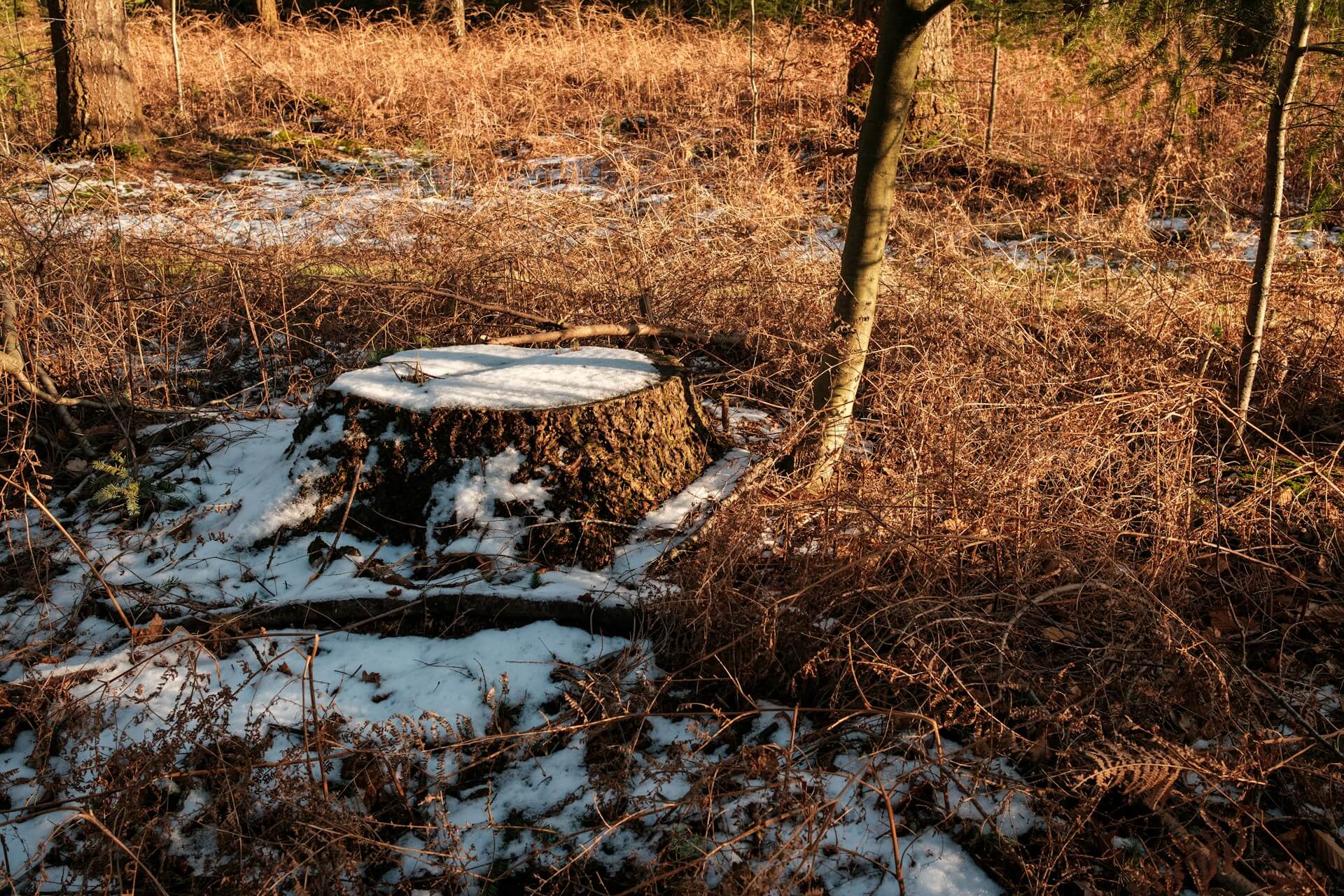Tree transplanting is a delicate and highly specialised process that involves moving a tree from one location to another without causing damage to its roots or overall health.
Whether you’re redesigning your garden, relocating a tree to a better spot, or moving it due to construction, tree transplanting ensures that your trees continue to thrive in their new environment.
In Sunderland, tree transplanting services are available for both homeowners and commercial properties, providing the expertise needed to relocate trees successfully. In this guide, we’ll cover the benefits of tree transplanting, the process involved, factors to consider, and why professional help is crucial for a successful tree relocation.
Why Consider Tree Transplanting?
Tree transplanting can be necessary or desirable for various reasons, and it provides a solution for preserving mature trees that might otherwise need to be removed. Here are some of the most common reasons why people opt to transplant trees:
1. Garden Redesign
If you’re planning a landscape renovation or garden redesign, you may want to move existing trees to better fit the new layout. Transplanting allows you to preserve your trees while making changes to your garden’s appearance.
2. Tree Preservation
In cases where construction or property development is planned, transplanting a tree can save it from being cut down. This is especially important for trees that have significant ecological, aesthetic, or sentimental value.
3. Improving Tree Health
Some trees may not be thriving in their current location due to factors such as poor soil quality, limited sunlight, or overcrowding. Moving the tree to a more suitable location can help it flourish by providing better conditions for growth.
4. Avoiding Hazards
Trees that have grown too close to buildings, power lines, or underground utilities may need to be relocated to prevent potential damage or hazards. Transplanting the tree to a safer location ensures that both the tree and the surrounding infrastructure are protected.
Factors to Consider Before Transplanting a Tree
Transplanting a tree is a complex process that requires careful planning and consideration to ensure the tree’s survival in its new location. Here are some key factors to keep in mind before moving a tree:
1. Tree Size and Age
The size and age of the tree play a significant role in determining whether it can be successfully transplanted. While younger trees with smaller root systems are generally easier to move, larger, more mature trees require specialised equipment and more extensive care to ensure they survive the move.
2. Time of Year
The best time to transplant most trees is during their dormant season, typically in late autumn or early spring. During dormancy, the tree is not actively growing, which reduces stress on the roots and increases the likelihood of a successful transplant. Transplanting a tree during its active growing season, especially in summer, can put the tree at greater risk of transplant shock.
3. Soil Conditions
The soil in both the current and new locations is a critical factor in tree transplanting. Trees need well-draining, nutrient-rich soil to establish healthy roots after the move. Before transplanting, it’s important to assess the soil conditions in the new location and, if necessary, amend the soil to improve its quality.
4. Root System
For a successful transplant, as much of the tree’s root system as possible needs to be preserved. Trees with extensive or damaged roots may struggle to survive the move. Proper root pruning and careful handling of the root ball during the transplant process are essential.
5. Post-Transplant Care
After a tree has been transplanted, it requires ongoing care to help it recover from the stress of the move. This includes regular watering, mulching, and monitoring for signs of transplant shock or stress. Without proper post-transplant care, even a successfully transplanted tree may not thrive in its new location.
The Tree Transplanting Process
At Tree Services Sunderland, we follow a precise and careful process to ensure the safe relocation of your trees. Here’s an overview of the typical steps involved in tree transplanting:
1. Site Assessment
Before transplanting, our team of arborists will assess both the tree and the new location. This includes evaluating the tree’s health, size, and root system, as well as examining the soil, sunlight, and space available in the new site. We’ll also consider factors such as nearby structures, underground utilities, and access to water.
2. Root Pruning
In preparation for transplanting, root pruning may be necessary. This involves trimming the tree’s roots to encourage the growth of new, more compact roots, which makes the tree easier to move and helps it adjust to its new location. Root pruning is usually done several months before the transplant to give the tree time to recover.
3. Excavating the Tree
Once the tree is ready to be moved, we carefully excavate it from the ground, preserving as much of the root ball as possible. The size of the root ball is crucial to the tree’s survival, as it contains the nutrients and water the tree needs during the transplant process. For larger trees, heavy machinery such as tree spades may be used to lift and transport the tree safely.
4. Transporting the Tree
Transporting the tree to its new location requires specialised equipment and careful handling to avoid damaging the roots or branches. Our team ensures that the tree is securely transported to its new home without compromising its health or structure.
5. Planting in the New Location
Once the tree has been transported, we prepare the new site by digging a hole that’s large enough to accommodate the root ball. The tree is then carefully placed into the hole, ensuring that it sits at the correct depth, with the root flare (the area where the roots meet the trunk) slightly above ground level.
After planting, we backfill the hole with soil, gently compacting it around the roots to eliminate air pockets. A layer of mulch is added around the base of the tree to retain moisture and protect the roots.
6. Post-Transplant Care
Proper aftercare is critical to the tree’s survival. We provide guidance on watering schedules, mulching, and monitoring for signs of stress. It’s important to water the tree regularly during the first few months after transplanting to help the roots establish in their new environment. Staking may also be necessary for young or newly transplanted trees to provide support while they adjust.
How Much Does Tree Transplanting Cost in Sunderland?
The cost of tree transplanting in Sunderland can vary depending on several factors, including the size and type of tree, the complexity of the move, and the distance between the old and new locations. Here’s a general breakdown of tree transplanting costs:
1. Small Trees (up to 3 metres)
Transplanting small trees, such as saplings or ornamental trees, is typically more straightforward and less expensive. Costs generally range from £150 to £400, depending on the site conditions and the amount of preparation needed.
2. Medium Trees (3 to 6 metres)
For medium-sized trees, which require more care and possibly the use of specialised equipment, transplanting costs can range from £400 to £1,000. These trees are more challenging to move and may need extra attention during the preparation and aftercare stages.
3. Large Trees (6 metres and above)
Transplanting large, mature trees is a complex and labour-intensive process. It often requires heavy machinery and a team of arborists to ensure the tree is moved safely. Costs for transplanting large trees typically start at £1,000 and can go higher depending on the size of the tree and the complexity of the job.
Why Choose Professional Tree Transplanting Services?
Tree transplanting is a specialised task that requires experience, knowledge, and the right equipment to ensure the tree’s survival. Here’s why it’s essential to hire professional tree transplanting services:
- Expert Knowledge: Professional arborists understand tree biology and know how to handle trees during the transplant process without causing undue stress or damage.
- Specialised Equipment: Moving large trees requires specialised equipment such as tree spades, cranes, or trucks. Professionals have access to the necessary tools and the skills to use them properly.
- Minimising Transplant Shock: Trees are vulnerable to transplant shock, which can lead to poor growth or death if not managed correctly. Professional tree transplanting services ensure that your tree is handled with care and provided with the aftercare it needs to recover.
- Legal Compliance: Some trees are protected by local regulations, such as Tree Preservation Orders (TPOs). A professional tree service will ensure that all necessary permissions are obtained before moving the tree and that the process complies with local laws.
Conclusion: Move Your Trees Safely with Expert Transplanting Services
Tree transplanting is an excellent way to preserve and relocate trees that hold significant value, whether for aesthetic, environmental, or safety reasons. At Tree Services Sunderland, we specialise in providing professional tree transplanting services that ensure the safe and successful relocation of your trees.
If you’re planning to move a tree, contact us today to discuss your needs and get a tailored quote. Our team of experienced arborists is here to help your trees thrive in their new home.
Get A Quick Quote
Please provide your contact details here, and we’ll get back to you shortly with a personalised quote.



